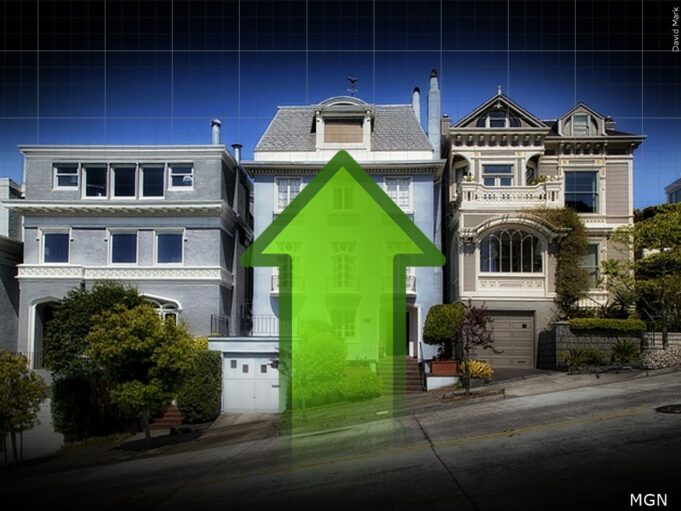Just as families continue dealing with health concerns, education and job loss resulting from the pandemic, the latest economic hit to strike are rising rents across the country. The median rent in the 50 largest U.S. metro areas rose a shocking, nearly 20 percent from December 2020 to December 2021, according to a Realtor.com analysis of properties with two or fewer bedrooms.
Some of the top cities with the highest rents and those that increased the most from January 2021 to January 2022, according to Zumper were New York, where rent for a one-bedroom went up 25 percent to $3,260 and Boston, where it went up 27 percent to $2,720 for a one bedroom. In Miami, rents increased 26 percent to $2,340 for a one bedroom and in Washington, D.C., rose 15 percent to $2,250 for a one bedroom apartment.
“I thought I had gotten over the hump,” Tasha Caldwell, a D.C., nonprofit employee told The Final Call. “I was laid off for a time during Covid, came back to work and was barely able to maintain all of my bills. I was able to catch my breath when suddenly my landlord told me my rent was going up by $200,” she said.
“I cried. I literally cried. Two hundred may not seem like a lot to some people but it’s a lot to me. Where will I get that money from? Food costs more, gas costs more, everything costs more. I can’t even afford to move some place cheaper and can barely afford to stay here.”
This leaves few options for people who were just making it from paycheck to paycheck before the pandemic and now that its subsiding will find it even harder to pay their rent with little safety nets.
Pandemic-related rental assistance and emergency relief on the federal and state level is drying up. The Federal government has reallocated $17 million of unused pandemic rental assistance money to D.C., to help stem rising evictions which are coming from the rising rents. Last year, D.C., exhausted $350 million in federal pandemic relief funds specific to eviction prevention.
When the pandemic struck many families fled big cities for the suburbs and small towns to work remote. New York rent for example in Manhattan, fell from $3,509 in March 2020 to $2,776 in November 2020, the lowest level in 10 years according to the website StreetEasy. That low rent benefitted those who remained in the city with jobs that couldn’t be done remotely.
Once people returned to the office, they came back to their city life and rising rents that are approaching, equaling, or even surpassing pre-pandemic levels. Renters are seeing in some cities their rents increasing as much as 30-40 percent.
Experts explain many factors are responsible for soaring rents. These include a nationwide housing shortage, extremely low rental vacancies, and growing demand from young adults who continue to enter the crowded market.
“The growth in mortgage payments has been driven by both climbing prices and climbing mortgage rates,” explained Redfin chief economist Daryl Fairweather in a statement. “And those rising mortgage costs push more potential homebuyers into renting instead, which pushes up demand and prices for rentals. Mortgage rate increases are accelerating, which will cause both mortgage payments and rent to grow throughout 2022,” he said.
“A lot of people couldn’t find a way to get into a home last year,” Mr. Fairweather explained “A lot of people were thinking ‘I’ll rent instead,’ and that got rents up.”
According to Redfin the 10 metro areas with the biggest increases in rent prices—up 29 percent year over year or more—were almost exclusively on the East Coast. The only exceptions were Austin, Texas where rents escalated 40 percent and Portland, Ore., where rents rose 29 percent. Kansas City, MO, is the only place that saw a decline in rent of less than one percent.
While rising rents have many people looking to become first time homebuyers in a housing market where sellers can name their price, mortgages will soon become more expensive.
Federal Reserve Chairman Jerome Powell announced in January that the central bank was ready to raise interest rates at its March meeting.
“This is going to be a year in which we move steadily away from the very highly accommodative monetary policy that we put in place to deal with the economic effects of the pandemic,” he said at a news conference following a Fed policy meeting.
When renters add up what they are paying each month in rent, for example $2,500, they could be paying that on mortgage. However, rising rents have made saving for a home down payment harder. Saving for a down payment is just one challenge facing Blacks trying to achieve the so-called American dream.













